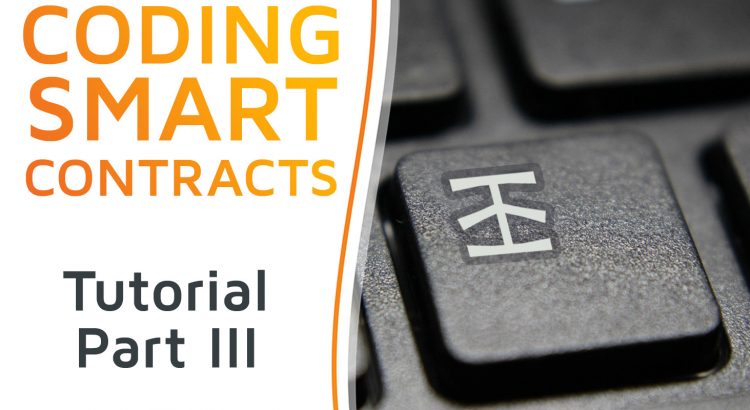Why Infura

Last year I published a tutorial helping you get started with the development of smart contracts and using them from java applications. In those tutorials, I’ve described how to use parity as the Ethereum client. Exactly this setup we’ve used also in our own project “Value Manifesto”. But a couple of weeks ago we’ve decided to switch the Ethereum client from parity to Infura. This gives me an opportunity to extend my tutorial with new information.
One of the reasons for changing the Ethereum client is as follows: maintaining your own Ethereum node can give you headaches. First of all, you need to keep your parity version up to date as it’s being continuously improved and adapted to the changes happening on the Ethereum blockchain.
Read More